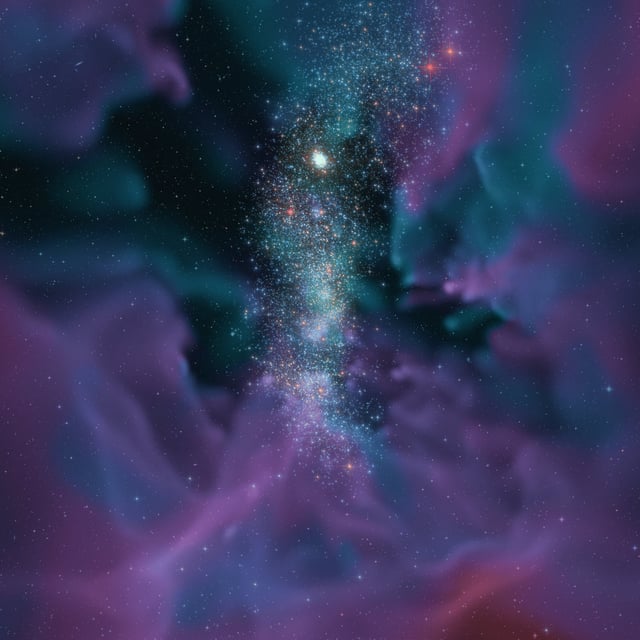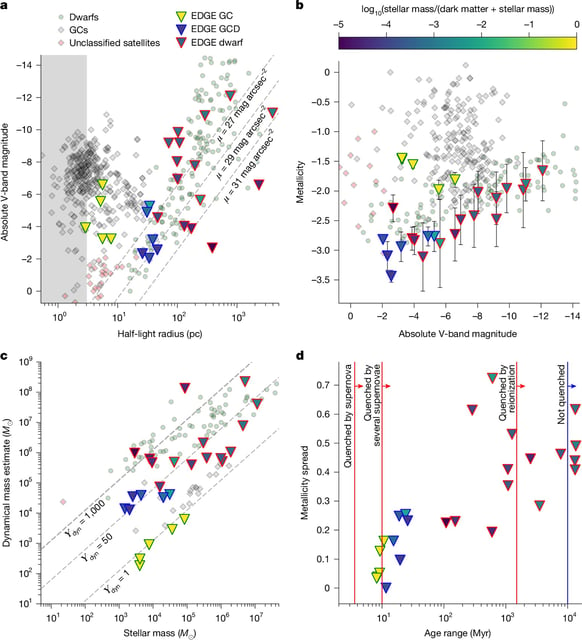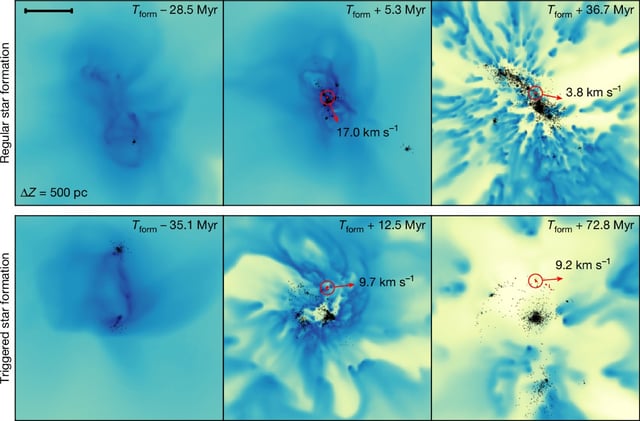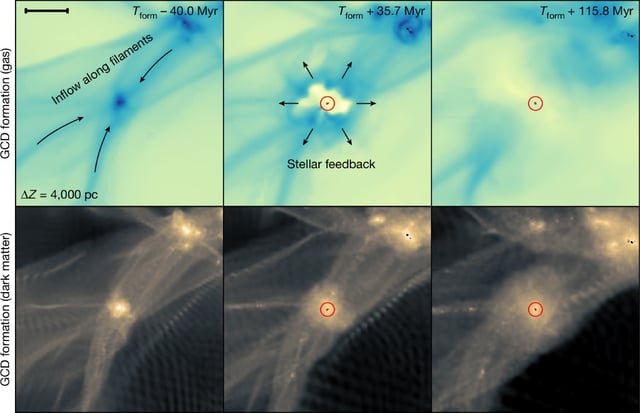Overview
- Ultra‑high‑resolution EDGE simulations run on the UK’s DiRAC supercomputer reproduce realistic globular clusters without special tuning.
- The study reports multiple formation pathways for globular clusters, including at least two routes that do not require dark matter.
- The simulations predict a new class, described as globular cluster‑like dwarfs, that resemble clusters in observations yet retain significant dark matter.
- Researchers flag several existing Milky Way satellites as likely examples, including the ultra‑faint dwarf galaxy Reticulum II.
- The team calls for targeted follow‑up with the James Webb Space Telescope and deep spectroscopic surveys to confirm the predicted class and probe early stars and dark matter.



